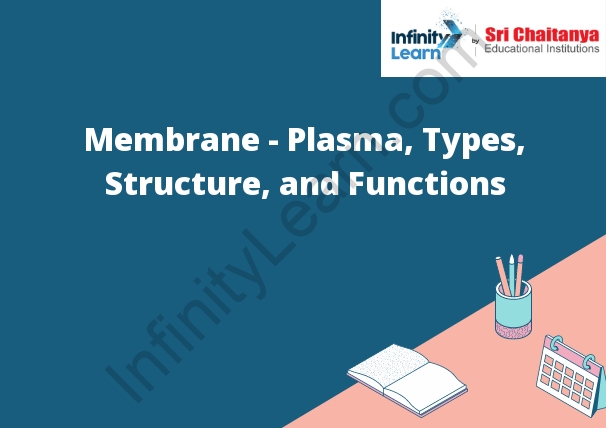Table of Contents
What is a Membrane?
A membrane is an enclosed structure that separates two fluid compartments, allowing certain molecules or ions to pass through selectively. Membranes can be made of a variety of materials, including proteins, phospholipids, and carbohydrates. They play important roles in many cellular processes, including energy production, signaling, and cell division.

Cell Membrane Function
Cell membranes are selectively permeable, meaning that they allow some substances to pass through them while blocking others. This allows cells to control what enters and leaves their bodies. The cell membrane is also responsible for the cell’s identity, as it is the barrier that separates the inside of the cell from the outside world. The cell membrane is also involved in cell-cell communication, and it helps to regulate the cell’s internal environment.
What is the Plasma Membrane?
The plasma membrane is a thin, semi-permeable membrane that surrounds the cell and separates the cell from its environment. The plasma membrane is composed of a lipid bilayer and is responsible for cell-to-cell communication, cell signaling, and the transport of nutrients and waste products in and out of the cell.
Types of Membrane
There are three types of membranes:
1. Plasma membrane: This is the thin, outermost membrane that surrounds the cell. It is made up of a lipid bilayer and is responsible for separating the cell from its environment.
2. Endoplasmic reticulum: This is a network of membranes that form a system of tubes and sacs inside the cell. It is responsible for the transport and processing of proteins and other molecules.
3. Golgi apparatus: This is a network of membranes that form stacks of flattened sacs inside the cell. It is responsible for the transport and packaging of proteins and other molecules.
Membrane Structure and Functions
The cell membrane is a thin, flexible sheet of lipid (fat) and protein that surrounds the cells of all living things. It is a selectively permeable barrier that allows some substances, such as water and oxygen, to pass into and out of the cell, while preventing others, such as toxins and waste products, from entering or leaving. The cell membrane also plays a crucial role in the cells’ ability to communicate with one another.
Tympanic Membrane
The tympanic membrane is the thin membrane that separates the outer ear from the middle ear. It is made of a type of tissue called mucous membrane and is very sensitive to sound. When sound waves hit the tympanic membrane, it vibrates and causes the bones of the middle ear to vibrate. This vibration sends sound waves to the inner ear, where they are processed by the brain.









